Blizzard: From ‘Lost Vikings’ to lost in controversies
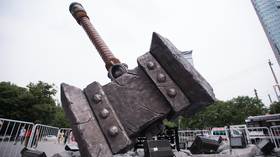

Once the most adored video game developer in the world, Blizzard Entertainment can’t seem to get out of a deep hole of controversies and disappointments, and many fans have lost hope it ever will.
Blizzard was once considered the greatest and best video game developer, known throughout the world for the pristine quality of its releases and the strong communities that formed around its games. But today, it seems to be only a shell of what it once was, and all that fans have left is fond memories of when Blizzard was the greatest game publisher on the planet.
Naturally, the company’s rise to fame didn’t happen overnight. It took years of a small team of developers working hard to create the best-quality games they could. They didn’t seem to care all that much about investors, shareholders, focus groups, or maximizing profits. They tried to create whatever they thought would be ‘cool’ and what fans would enjoy.
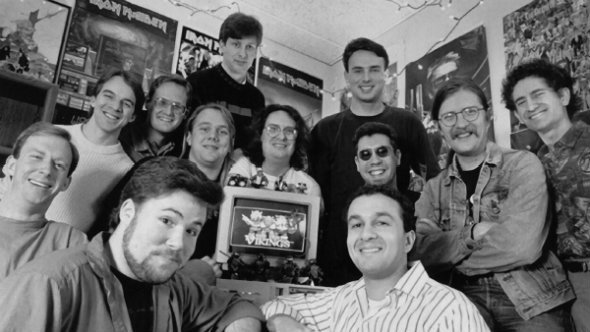
Founded in 1991 by three college friends under the name Silicon & Synapse, the company first focused on creating game ports. But the team had a great love for the fantasy genre, and were huge fans of Tolkien’s work. Eventually they got around to developing their own titles, one of the first being ‘The Lost Vikings’ – a puzzle-platform game for the Super NES in 1993. At the time it became one of the best-selling SNES games of the year, receiving praise for its difficult puzzles, unique visual style, humor and character animations.
The company renamed itself Blizzard Entertainment and, in 1994, it released the first game in what would become its biggest franchise to date – ‘Warcraft: Orcs & Humans.’ This was the company’s first attempt at a real-time strategy game and over the years it became an icon of the genre. But aside from the gameplay it introduced an appealing fantasy world, which would later become the foundation for an entire universe, known to many as ‘World of Warcraft.’
The first ‘Warcraft’ game was a gigantic success and the studio soon followed it up with ‘Warcraft 2,’ which became one of the most influential RTS games of all time. Blizzard went on to launch other extremely successful franchises, such as ‘Diablo’ and ‘StarCraft,’ and every title the company released seemed to make yet another impact on the gaming world and pushed the industry forward as a whole.
Over the next decade the gaming market grew, and Blizzard was at the forefront. ‘Diablo 2’ even received a Guinness World Record as the fastest-selling computer game with over one million copies sold in the first two weeks of its release. Eventually, even people who took no particular interest in video games had heard about ‘Warcraft,’ ‘Diablo’ and ‘StarCraft.’

‘StarCraft’ was a particularly unique success. While being praised in the US as a great RTS game, but more or less within the confines of the genre, South Korea saw it as something special, and ‘StarCraft’ essentially spawned the competitive gaming scene in the country in 1999. In 2001 the game had sold four million copies, and South Korea accounted for 50% of those sales. ‘StarCraft’ had become the national e-sport of South Korea, with professional players earning sponsorships, contracts and becoming media celebrities. This, in turn, established Blizzard as a global force to be reckoned with.
At a certain point it seemed there was nothing Blizzard could do wrong, the brand was God-like. Its releases were always innovative, it had a unique attention to detail and a level of polish other developers could only dream of. Blizzard’s unofficial motto was ‘It’s done when it’s done’ and it gave fans a sense that whatever it released will be great. (That was during a time when people actually had the patience to wait for something good to come out and recognized the amount of work that went into developing a good game.)
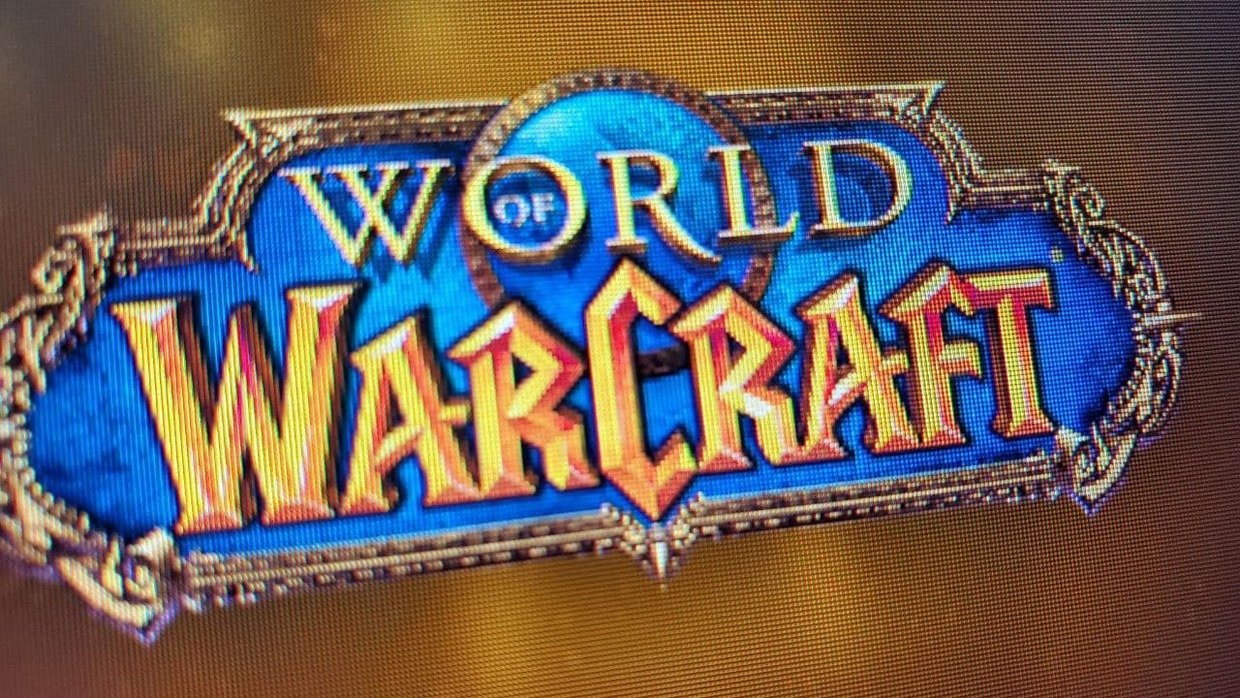
Then, in 2004, Blizzard released ‘World of Warcraft,’ the massively multiplayer online role-playing game set in the ‘Warcraft’ universe, and it changed the gaming scene forever. It quickly became the face of the company and also its biggest source of revenue, even to this day. ‘WoW’ was so successful it was more than a game, it was a cultural sensation.
Blizzard was one of the first gaming companies to grow so big that it could hold its own conventions, where tens of thousands of fans flocked from around the world to celebrate all the games they’d grown to adore, and big-name celebrities and bands walked the floors and closed out the shows.
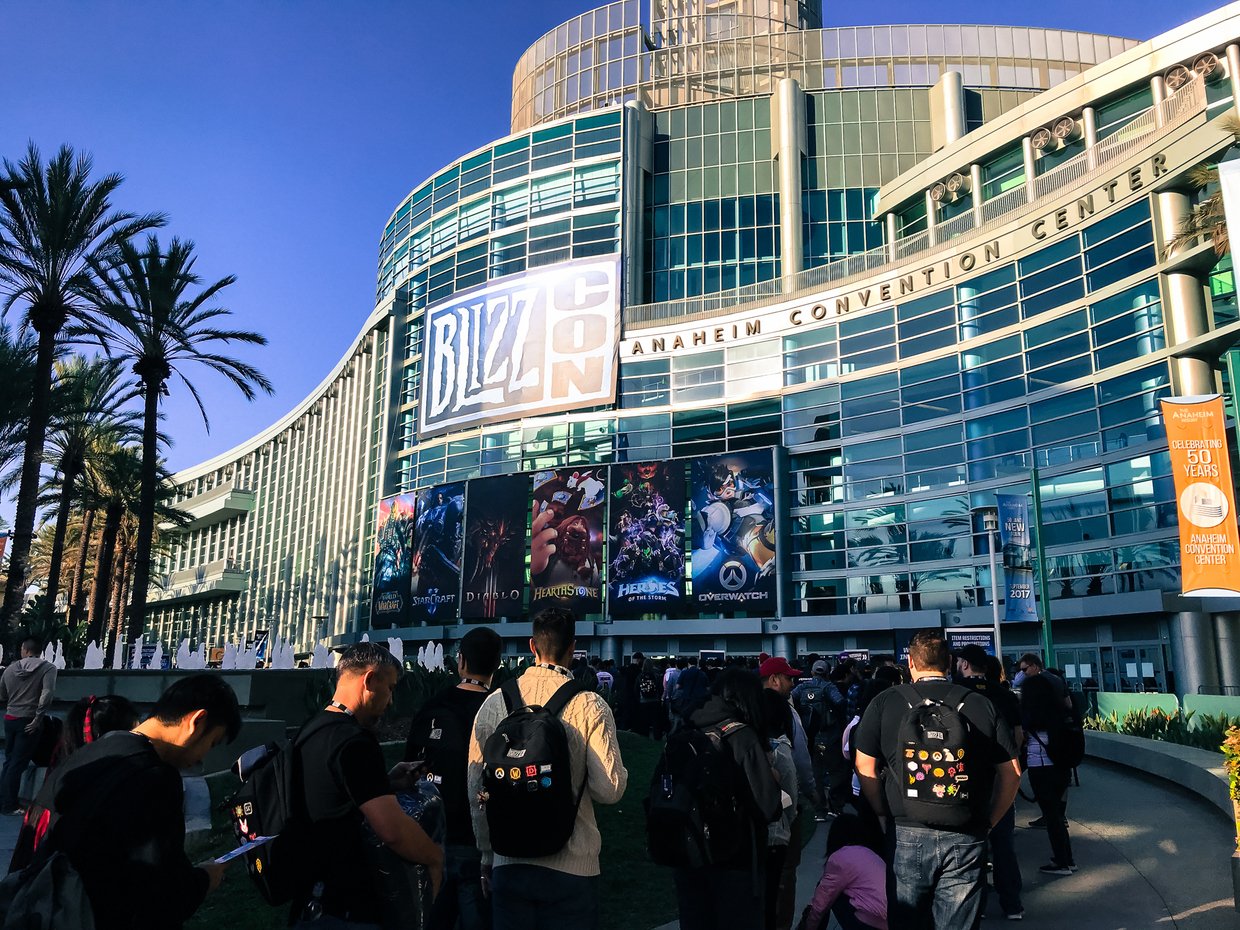
Blizzard was on a roll. The company grew and so did the player base. ‘WoW’ brought millions of players into an online world that felt alive and real, and the developers were paying close attention to what the players wanted to make the game the best experience it could be.
However, at some point, it seems Blizzard, ever growing in popularity and, of course, revenue, started losing its mojo. Naturally, it’s hard to pinpoint the exact moment that happened, but it’s commonly believed to have started around the time the company merged with Activision in 2008. Activision didn’t have too bad of a reputation at the time, coming off huge hits like ‘Call of Duty’ and ‘Guitar Hero,’ so the merger didn’t raise too many concerns at first. Blizzard Entertainment became part of a larger entity, known as Activision Blizzard, but effectively retained its own leadership. However, over the next few years fans started noticing a gradual shift in priorities within Blizzard, and many felt it started to affect the quality of the games.
Subscriptions for ‘WoW’ started rapidly declining after the 2010 release of the ‘Cataclysm’ expansion, which, according to many long-time fans, took the game in a different direction than they’d hoped. ‘Mists of Pandaria’ and following expansions continued the downward trend.
But perhaps the first biggest upset was the notoriously dreadful launch of ‘Diablo 3’ in 2012. The game received an intense backlash from the fans over numerous issues plaguing it. Among those was the mandatory internet connection, despite being a single-player experience, as well as servers that couldn’t handle the load and left players waiting in the log-in screen for hours and days on end.

The ‘Diablo’ sequel also introduced a highly controversial ‘auction house’ feature, where people could buy and sell in-game items for real-world money, with Blizzard taking a percentage of the transactions. The feature effectively undercut the entire premise of the game, which was to clear levels and bosses in the hopes of getting better loot to challenge tougher difficulties. Ultimately, the angered fans were left shocked at how such a poorly thought-out, and lucrative release could’ve come from a company that once prided itself on being ‘for the players.’
With a blemish on its once flawless record, Blizzard pushed on and continued working on its existing games and released new ones, which achieved great success, such as ‘Hearthstone’ and ‘Overwatch.’ Warcraft even got a big-budget movie adaptation, albeit not a very good one.
But at this point it seemed Blizzard had amassed about as many controversies as it had cult-classics.
It had the internet privacy fiasco back in 2010, when it demanded Blizzard forum users to use their real names to combat trolling, an issue that could’ve simply been solved by better moderators.
Blizzard was utterly humiliated when it lost the fight with Valve over the rights to DOTA, a community-created mod for Warcraft III, which became the first MOBA (Multiplayer Online Battle Arena) and is now the highest-grossing competitive e-sport game in the world.
The company further tarnished its reputation in 2019 when it banned a Hearthstone tournament finalist for supporting the Hong Kong protests during a livestream, with many accusing Blizzard of shilling for China.
[BREAKING] Hong Kong Hearthstone player @blitzchungHS calls for liberation of his country in post-game interview:https://t.co/3AgQAaPioj @Matthieist #Hearthstonepic.twitter.com/DnaMSEaM4g
— Inven Global (@InvenGlobal) October 6, 2019
A large portion of the community was outraged after Blizzard started cracking down on private servers such as FreeCraft and Nostalrius, which hosted old-school versions of ‘Warcraft II’ and ‘World of Warcraft,’ respectively. Many players felt these fan-made versions were superior to the official up-to-date versions of the games.
The BlizzCon 2019 reveal of the long-anticipated sequel to ‘Diablo’ as a mobile game left fans, most of whom are primarily PC gamers, stunned and thinking it was an ‘out of season April Fool’s joke.’ That, coupled with the condescending attitude of the developers towards the disappointed audience was, and forever will be, perhaps the biggest example of how tone-deaf and greedy the company had grown.
In 2020 Blizzard announced a remaster of one of its most legendary games – ‘Warcraft III: Reforged,’ and many fans were extremely excited for the release. However, instead of bringing back the fan base, it managed to earn the title of Blizzard’s worst and lowest-rated release in history, with the average user score on Metacritic being just 0.6 out of 10. It was so bad, fans created a parody website featuring all the disappointing aspects of the remaster, calling it Warcraft III: Refunded.
By this time, Activision Blizzard had grown to an operation with 9,500 workers, with Blizzard accounting for half of those employees. But in 2019 Activision Blizzard decided to fire 800 people at the same time as the company reported record profits for that year, with the company executives receiving multimillion-dollar bonuses.
And despite the company constantly preaching inclusivity and diversity, and trying to make that known through their games by introducing minority characters, at this point many people had a feeling that something was rotten within the company, and the 2021 lawsuit filed by the state of California against Activision Blizzard confirmed many of those suspicions.
The lawsuit, which was preceded by a two-year investigation, alleged that there was a toxic ‘frat-boy’ culture within Blizzard, with people being allowed to drink on the job with minimal outside interference, almost no HR oversight and barely any accountability. Ultimately that resulted in hundreds of cases of reported sexual abuse, harassment and workplace discrimination, which management reportedly knew about, but instead of fixing it they decided to just cover it up.
According to former employees it was precisely the toxic, alcohol-driven culture within the company that pushed many talented artists, directors and programmers to leave the company, which they felt ‘had no future under the current leadership.’
When the Overwatch directors resigned, they pointedly made comments about the company's "cultural issues" in their goodbye speeches. The subtext was that ABK's culture is at odds with our team's culture, and that didn't think they could fix it with the current leadership. https://t.co/bMQhWnbf5A
— Tracy Kennedy 💙✊ (@dogspinster) November 16, 2021
Since the lawsuit and allegations became public there have been numerous harrowing detailed accounts coming out from women who had worked at Activision Blizzard, and have had to experience things like constant solicitations for casual sex, men walking into breastfeeding rooms, ‘cube crawls’ when drunk staff went from one cubicle to another harassing and groping female coworkers.
One female employee even reportedly took her own life during a business trip due to ‘having a sexual relationship with her supervisor’ who allegedly brought several sex toys on the trip. The lawsuit claims the female worker also suffered sexual harassment in the office and that an explicit photo of hers was passed around by her male co-workers during a holiday party.
Even the former vice president Lisa Welch shared an account of one co-worker asking her for sex because he thought ‘she deserved to have some fun’ several weeks after her boyfriend had died.
The founder of Blizzard and former CEO Michael Morheim, who left the company in 2018, issued a statement after the lawsuit became public, saying that he was shocked to hear these details, and that he felt the company he created was no longer the same.
"It is all very disturbing and difficult to read. I am ashamed. It feels like everything I thought I stood for has been washed away.
I was at Blizzard for 28 years. During that time, I tried very hard to create an environment that was safe and welcoming for people of all genders and backgrounds. I knew that it was not perfect, but clearly we were far from that goal. The fact that so many women were mistreated and were not supported means we let them down. In addition, we did not succeed in making it feel safe for people to tell their truth."
To many fans these allegations came as a shocking revelation, however others have claimed that these issues had been known about for several years before the lawsuit, as former and current Blizzard employees have often cited the company’s ‘sexist culture’ when talking about their workplace experiences on social media sites.

Activision Blizzard officially responded to these reports by saying it was working on fixing the internal culture of the company, however, many felt it was merely PR optics meant to appease the worried shareholders. In fact, CEO Bobby Kotick has himself been accused of sexual misconduct throughout his career.
In 2007 Kotick was sued by a flight attendant on a private jet he co-owned. She claimed that Kotick had her fired after she reported being sexually harassed by a pilot. He was also accused of having threatened and harassed one of his assistants in a matter that was reportedly settled out of court. Given this, and his failures in dealing with the toxic culture at the company, many feel that he is the least qualified person to get Blizzard out of the PR nightmare they’re currently in.
Many Activision Blizzard employees have repeatedly called for his resignation, even launching a petition that has already amassed over 30,000 signatures. They’ve also staged several walkouts in protest of the company’s leadership, with the latest being employees of Raven Software, who are on strike in solidarity with QA staff who had been unexpectedly sacked after being promised promotions.
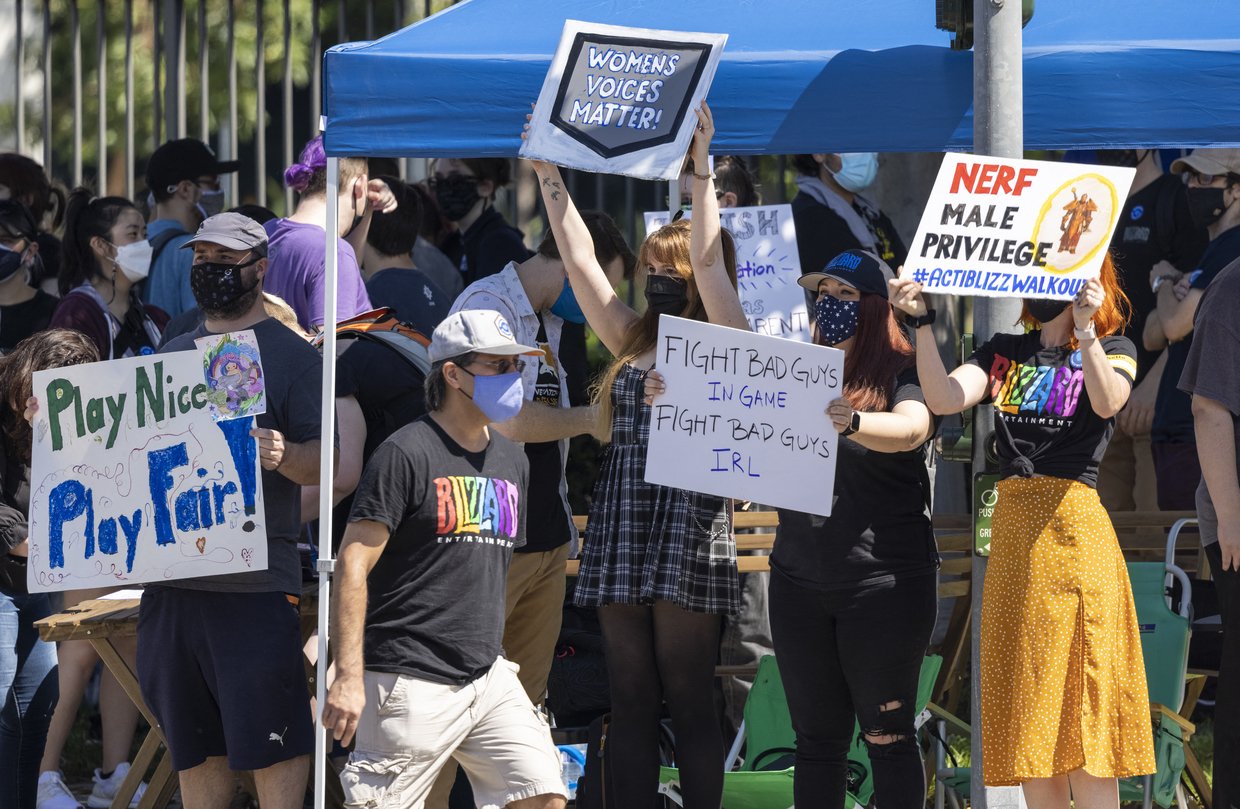
Today it seems that the only time Blizzard ever gets mentioned in the news is amid abuse allegations, firings, sexual harassment lawsuits and worker strikes. To many it now seems that there is no way for the company to regain any resemblance of its former self. Most of its games have stagnated and lost appeal, and the once legendary ‘WoW’ has essentially been abandoned by the players and streamers who have moved on to greener pastures like ‘Final Fantasy XIV.’
Development of the announced sequels to ‘Overwatch’ and ‘Diablo’ seem to have come to a halt amid the scandals rocking the company. The founders of Blizzard and the developers behind their greatest hits have at this point left the company, and some of them are essentially writing obituaries for the company, saying it is dead and acts merely as a ‘corpse dangling on the strings of Activision.’
“Blizzard is dead. It is a corpse puppeteered by Activision and Bobby Kotick. It’s going to be used as a factory to put the Blizzard stamp on things and stoke nostalgia to get sales, and that’s it. Stop holding out hope that Blizzard will come back. Everyone who founded Blizzard and all the principles Blizzard was founded upon, they’re gone.” said David Fried, former Warcraft III developer.
In the end, Blizzard, once hailed as the GOAT, and an integral part of many gamers’ childhoods, has become yet another victim of toxic alcohol-driven culture and overzealous capitalism, focusing on profits, cutting corners, appeasing shareholders and maintaining optics rather than actually paying attention to its fan base, and taking care of its dedicated staff. GG Blizzard, it was fun while it lasted.